9 things you must know before you travel to Timor-Leste
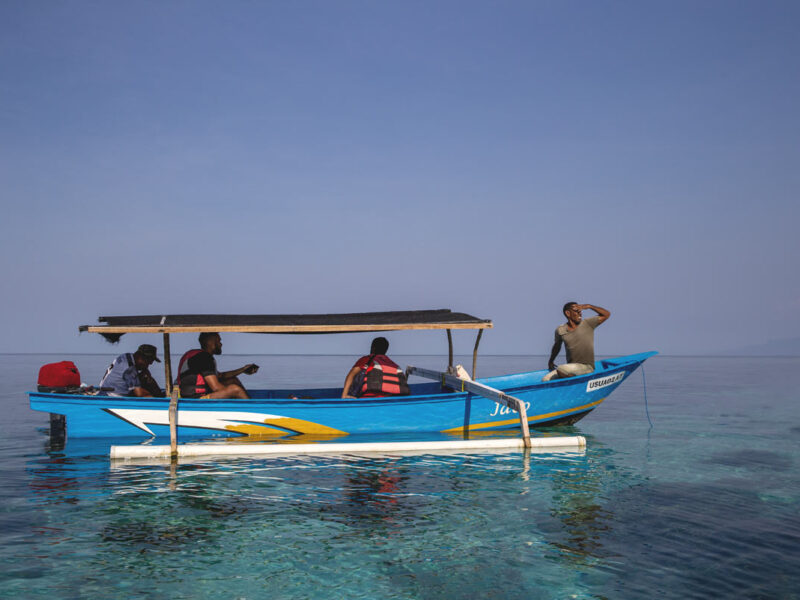
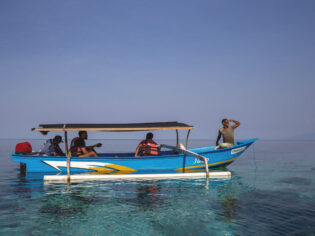
Timor-Leste is still taking tourism baby steps. (Image: Rachelle Mackintosh; Intrepid Travel)
Before Timor-Leste finally won independence from Indonesia in 2002, few Australians would have even considered travelling the short distance across the Timor Sea for a holiday or adventure. More than two decades later, the world’s fourth youngest nation is indeed open for tourism.
Yet despite being in Australia’s tropical ‘backyard’ – and closer than Bali – very few of us have journeyed to Timor-Leste to snorkel its reefs, trek its mountains, daytrip its coffee plantations or experience its diverse culture. Perhaps because we cannot disassociate East Timor, as we say in English, from the instability and conflict that defined the region in the 20th century.
So, what’s it like to travel to Timor-Leste now? Here are the hows, wheres, whys and whens, plus background information that might help you appreciate the strengths and struggles of this energetic still-developing half-island nation.
How can I fly to Timor-Leste and do I need a visa?
Qantas flies daily from Darwin to Timor-Leste’s capital Dili. The flight – north-west across the Timor Sea – takes one-and-a-quarter hours (Citilink also flies from Bali). Australians are eligible for a visa-on-arrival, costing $US30 ($46) cash (the country’s official currency). The customs-arrival procedure is confusing and antiquated but besides the time spent is otherwise pretty painless.
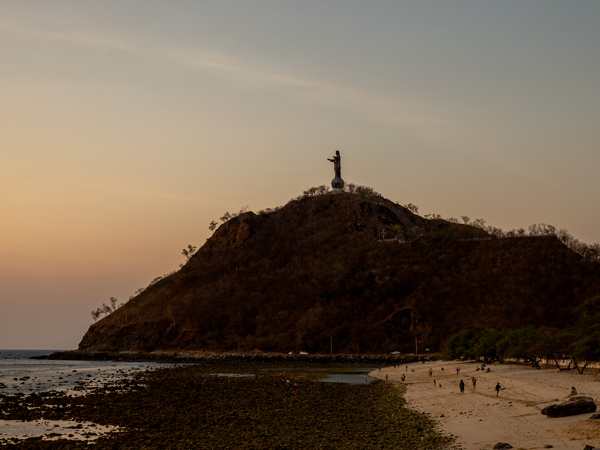
The Cristo Rei of Dili statue overlooks the ocean above Cristo Rei Beach. (Image: Rachelle Mackintosh; Intrepid Travel)
What’s the best way to see Timor-Leste – on a tour or independent travel?
Timor-Leste is still taking tourism baby steps, with no mega-resorts, fine-dining restaurants and fairly basic infrastructure outside the capital. Adventure travellers can see much of the tiny country using hire cars (4WD outside the city), the decent ferry network and ‘collective’ (crowded) mini-buses called microlets – ask locals to help find your route of choice.

Timor-Leste is very mountainous. (Image: Steve Madgwick)
Tour-wise, Intrepid Travel’s nine-day Timor-Leste Expedition covers a solid cross-section of highlights, including the mountainous interior and shining-star Ataúro Island. More adventurous ways to explore include multi-day treks with Maddog Adventures and off-road motorcycle trips with Total Timor Tours.
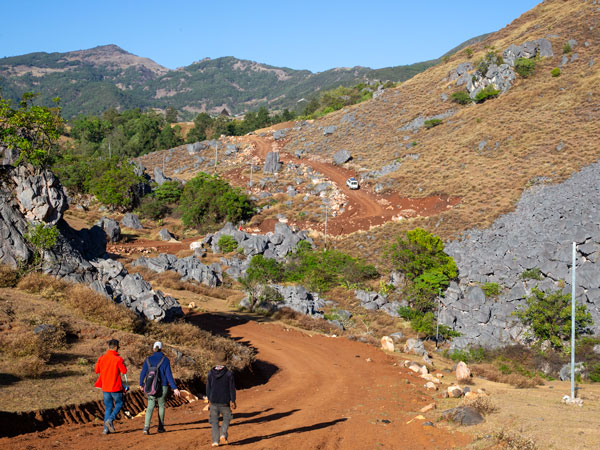
Intrepid Travel’s nine-day Timor-Leste Expedition covers a solid cross-section of highlights. (Image: Rachelle Mackintosh; Intrepid Travel)
Ataúro Island: low-key paradise that scuba-divers don’t want you to know about
Ninety minutes’ ferry ride north of Dili, Ataúro Island feels like it’s a million miles from anywhere and 30 charming years ago.
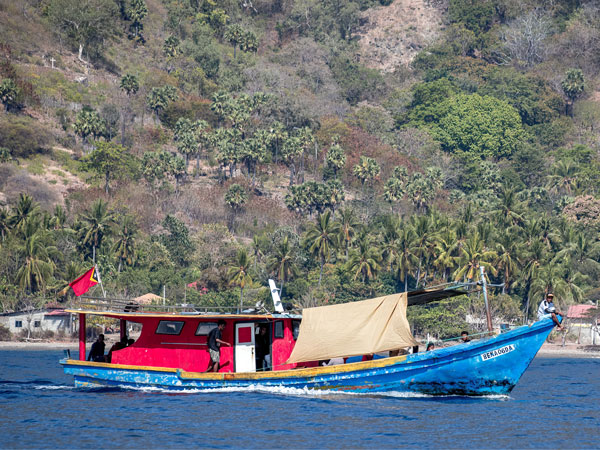
Ataúro Island is a 90-minute ferry ride from Dili. (Image: Rachelle Mackintosh; Intrepid Travel)
A handful of beachfront (self-described) eco-lodges and thatched bungalows at traveller hub Barry’s Place cater to beach-seekers (no surf) and scuba divers who’ve quietly been coming to this stunning reef for a while. Ataúro’s homestays are basic (squat toilets and bucket showers) but the best way to appreciate life in the island’s community.

You’ll find plenty of chances to snorkel on Ataúro Island. (Image: Steve Madgwick)
Many an expat recommends visiting Jaco Island, off the mainland’s east coast. Fisherman on Tutuala village beach will ferry you over to this uninhabited island, known for its white sands, sparkling waters and biodiverse interior, for a small, negotiable charge.
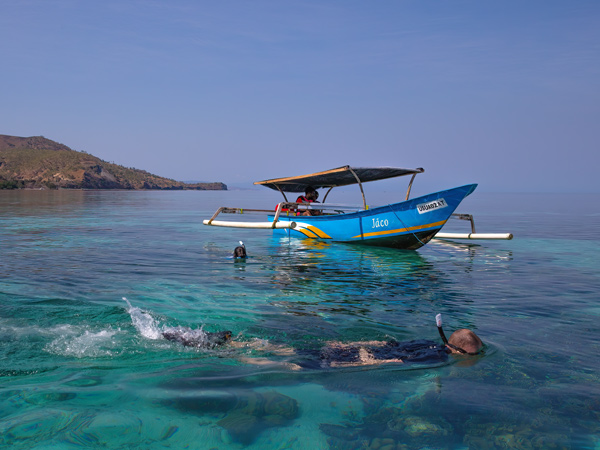
Snorkel just off Beloi on Ataúro Island. (Image: Rachelle Mackintosh; Intrepid Travel)
A few things to know about Timor-Leste culture
It’s difficult to cram Timor-Leste into a nutshell because of its myriad local cultures but there are a few universals. After four centuries of Portuguese occupation, the people broadly adopted the language (Portuguese) and religion (Catholicism) of the colonisers.
The lingua franca, however, is tetum, which has Portuguese influences. Running parallel to Christianity is the country’s Animism-centred ‘cultura’ system.
Some families (at great expense) build an uma lulik, a church-like grass-roofed structure where life-defining community decisions are made, moral codes enforced, and (livestock) fines issued for infringements.
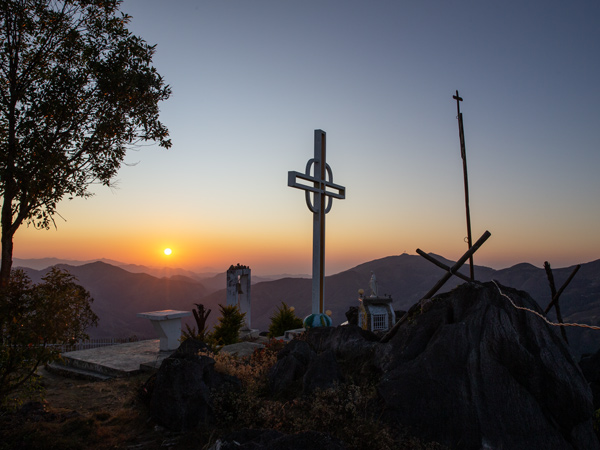
Make a stop at Rabilau’s Animist/Catholic shrine. (Image: Rachelle Mackintosh; Intrepid Travel)
Remember, look inwards and upwards: Maubisse and Mt Ramelau
It’s easy to be transfixed by Timor-Leste’s tropical coast but head inland to the cooler mountains if you have a chance. 70 kilometres south of Dili, Maubisse is a great place to explore traditional villages and family-run coffee plantations in misty mountain valleys.

Maubisse is a great place to explore family-run coffee plantations. (Image: Rachelle Mackintosh; Intrepid Travel)
Fifteen very twisty kilometres further up (4WD only), is the town of Hato Builico, the base for the breathtaking trek to Timor-Leste’s highest point, Mt Ramelau (2986 metres). Local guides can lead you up the steep, well-worn track to the summit (five to six hours return), offering splendid views of the coastline (weather permitting). NB: roads may be impassable in Wet Season, December to May.
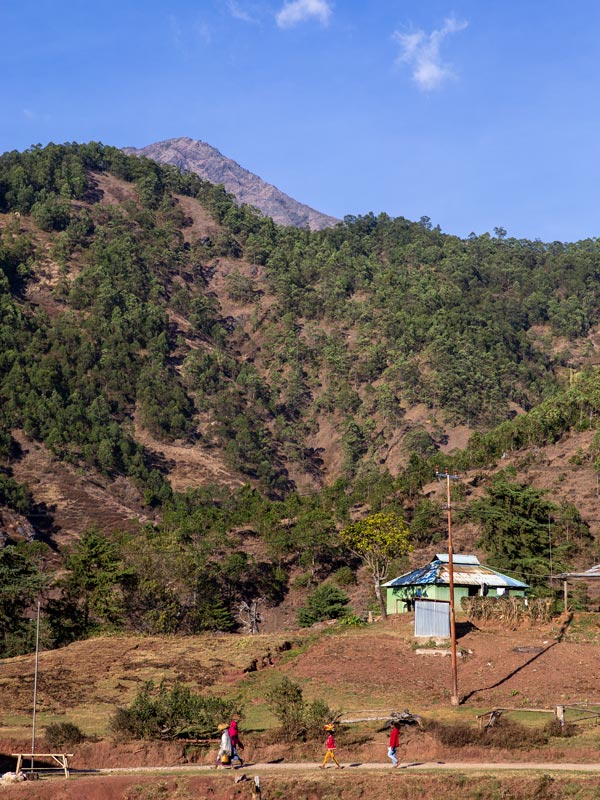
Trek to Timor-Leste’s highest point, Mt Ramelau, from Hato Builico. (Image: Rachelle Mackintosh; Intrepid Travel)
A difficult but necessary conversation: What happened during the Indonesian occupation?
Locals in their mid-20s and older will have directly/indirectly experienced the 24-year Indonesian occupation – a tragic yet substantial part of Timor-Leste’s foundation story. Some accounts claim up to 200,000 people perished in massacres, fighting and of starvation, while families were split up and sexual violence was rife.
The population seems to balance a collective want to move forward with the need to keep memories alive, so history does not repeat itself.
In Dili, the oft-confronting Timorese Resistance Archive and Museum and Santa Cruz cemetery – where doco-maker Max Stahl helped expose the country’s plight by filming a massacre of pro-independence demonstrators in 1991 – both offer great context. As do books like Words of Hope in Troubled Times by the current president, Nobel Prize laureate José Ramos-Horta.
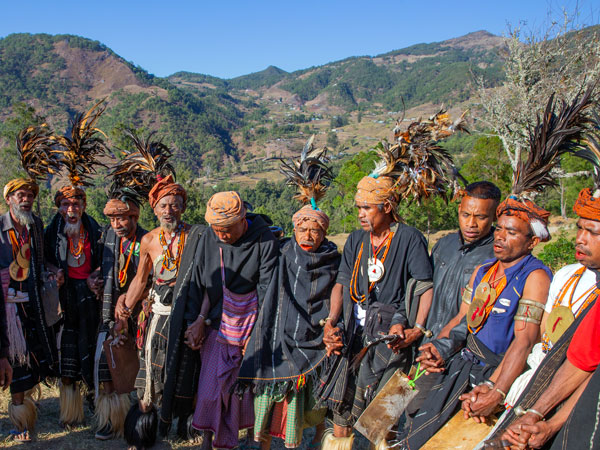
Rabilau villagers maintain peace through traditional rituals. (Image: Rachelle Mackintosh; Intrepid Travel)
The rising stars of sustainable tourism
Timor-Leste’s fossil-fuel-dependent economy has struggled since independence, so NGOs stepped in to try to help disadvantaged groups and communities. Some fledgling foreign-formed social enterprises are gradually ceding control to Timorese. Intrepid’s Timor-Leste Expedition visits a handful of these including Boneca de Ataúro – where widows, disabled women and single mothers make dolls and textile handicrafts (tais) to sustain their community.
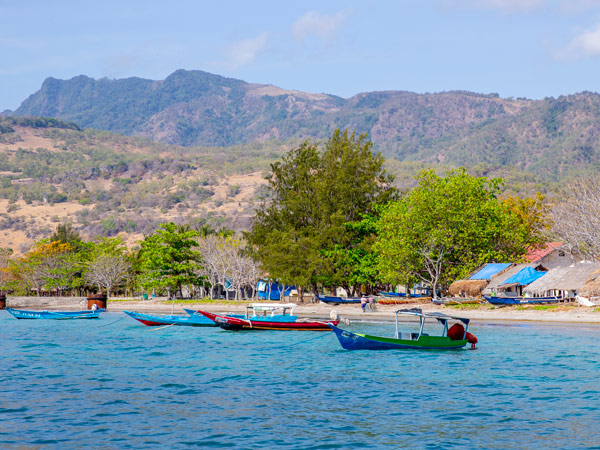
Known for its abundant fishing grounds, Timor-Leste holds great potential for ecotourism. (Image: Rachelle Mackintosh)
Fill your belly and present quota at food-focused success stories like Projeto Montanha (which supports remote mountain villages), 42 kilometres south of Dili, and the wonderful Agora Food Studio in the capital.
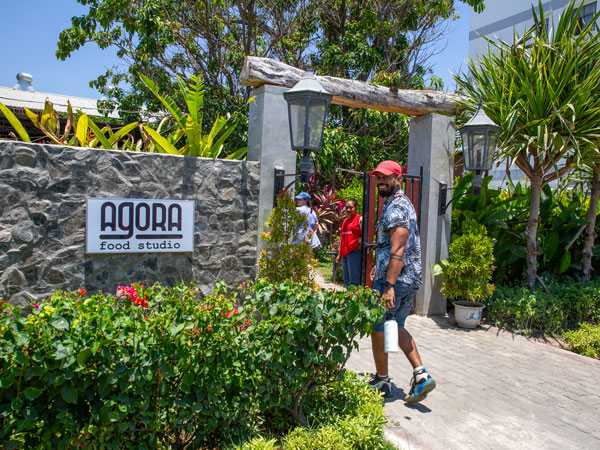
Drop by Agora Food Studio for a quick snack on your visit to Dili. (Image: Rachelle Mackintosh; Intrepid Travel)
What to do in Dili (and one thing you shouldn’t)
Dili (population 222,000) is in its tourism infancy but there are plenty of cool things to do. Climb 600 steps to see the 27-metre Christi Rei statue. Learn to cook katupa – a rice dish prepared in coconut leaves – at the aforementioned Agora Food Studio.

Climb 600 steps to see the 27-metre Christi Rei statue. (Image: Rachelle Mackintosh; Intrepid Travel)
Catch the Saturday night food market outside the city’s biggest/only mall, Timor Plaza. Buy coffee from Letefoho Specialty Coffee Roaster. Shop for hats, shawls and purses at Alola Foundation – founded in 2001 by then-first lady Kirsty Sword Gusmão to “raise awareness of sexual violence”.
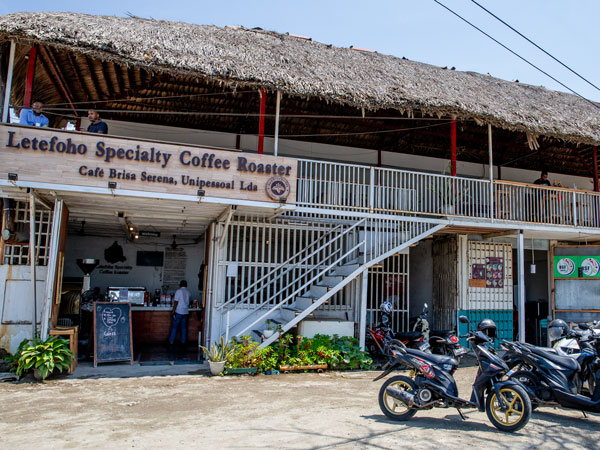
Make a pitstop at Letefoho Specialty Coffee Roasters. (Image: Rachelle Mackintosh; Intrepid Travel)
What not to do? Swim at Dili’s tempting beaches – beware, crocodiles are lurking!

Crocodiles lurk at Dili’s tempting beaches. (Image: Rachelle Mackintosh; Intrepid Travel)
Safety and travel advice for Timor-Leste
As when travelling to any developing country, there are certain factors you need to consider, from unsafe drinking water to ongoing political issues.
At the time of writing Smartraveller advises to “Exercise a high degree of caution… due to the threat of crime and limited healthcare options.”
Crime is not common in Dili, however, the risk increases at night and if travelling alone. Timor-Leste has a conservative culture (so don’t wear your cossies in town and kissing in public is frowned upon). For the latest travel advice, see Smartraveller.
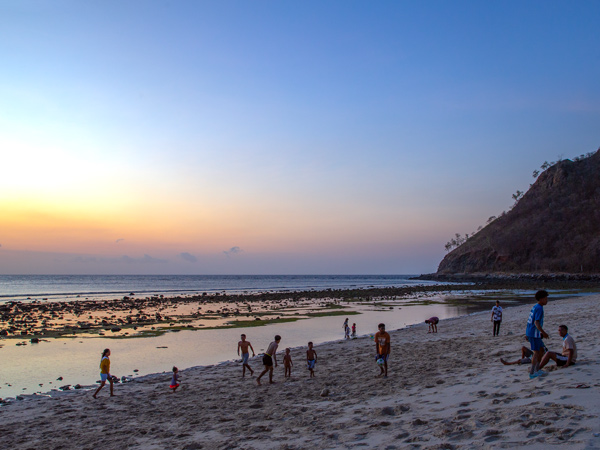
Timor-Leste has a conservative culture, so keep your cossies to the beach. (Image: Rachelle Mackintosh; Intrepid Travel)
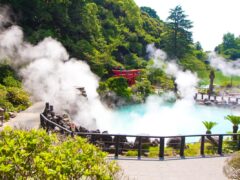

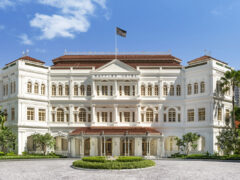
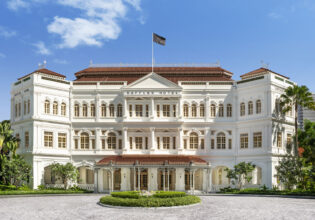

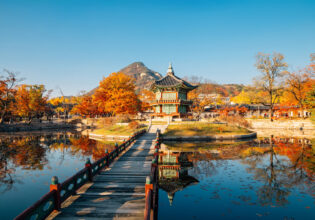

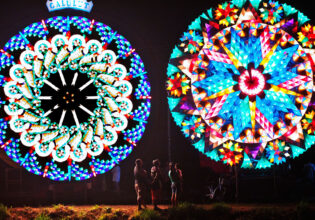

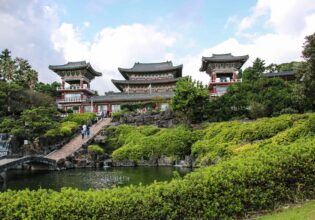

LEAVE YOUR COMMENT